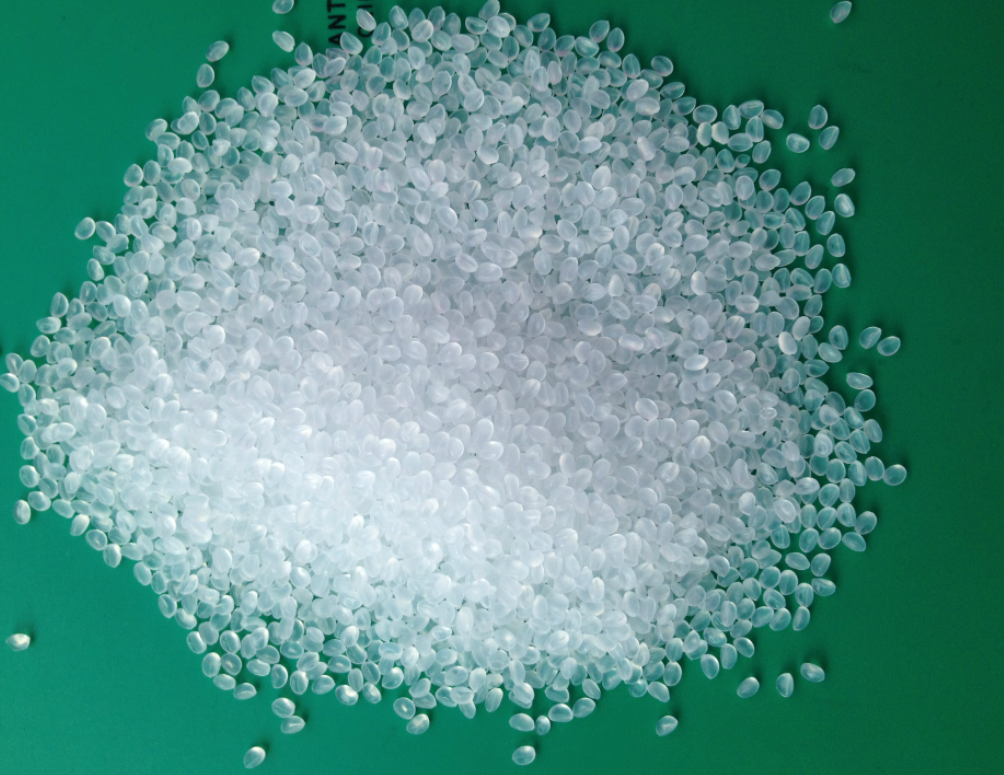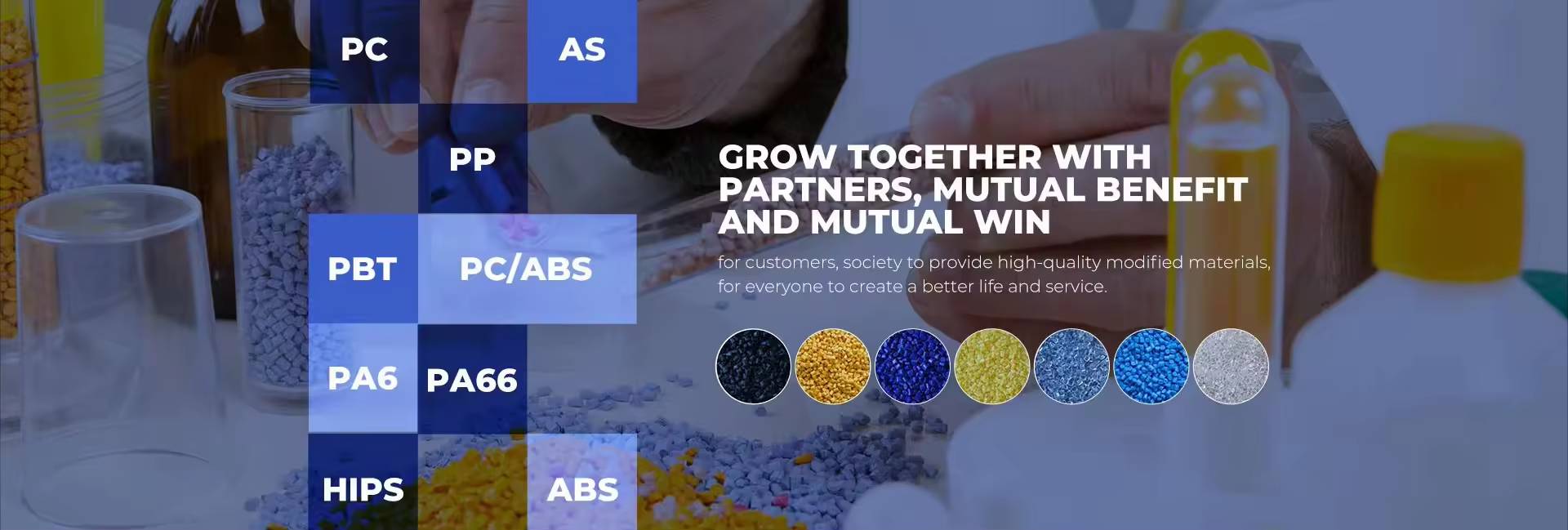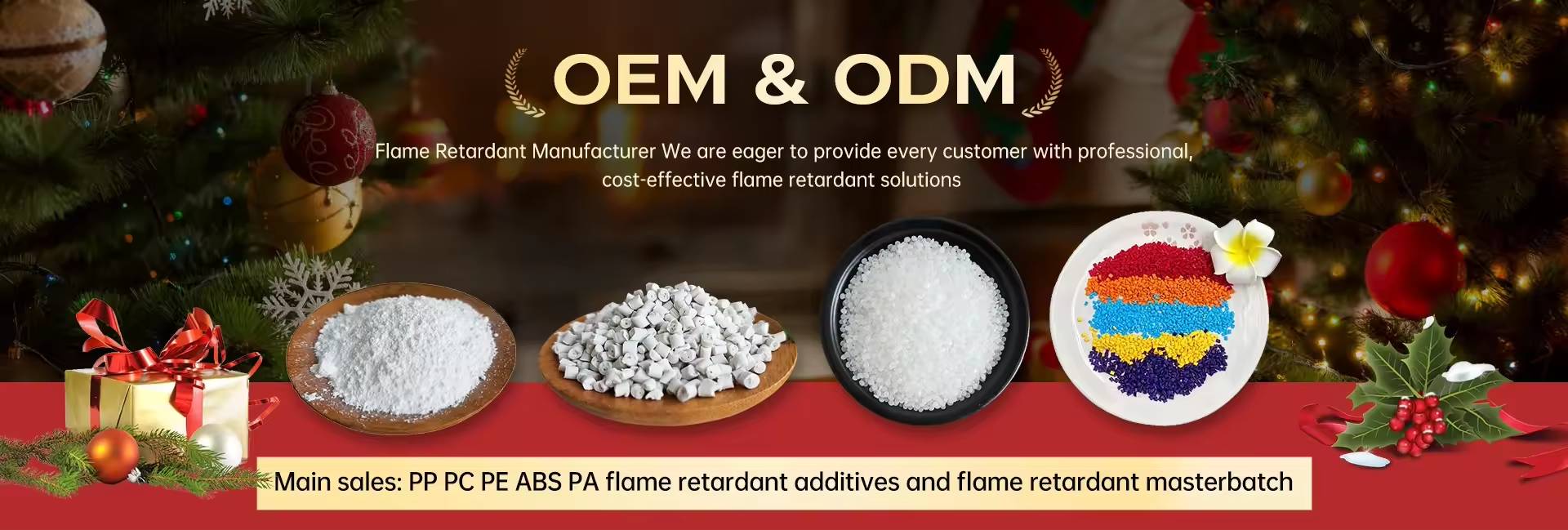
Product display
-
Position > Home > Product display >
-
Product name:
Product model:
- Product description
- 一、:

English name polyethylene terephthalate (PET) Alias polyethylene terephthalate CAS number 25038-59-9 Melting point 250-255°C Polyethylene terephthalate is the most important variety of thermoplastic polyester, commonly known as polyester resin. It is prepared by transesterification of dimethyl terephthalate with ethylene glycol or esterification of terephthalate with ethylene glycol, and then polycondensation reaction. Together with PBT, they are collectively known as thermoplastic polyester, or saturated polyester.
Polypropylene (Polypropylene, referred to as PP) is a semi-crystalline thermoplastic polymer made by polypropylene monomer through addition polymerization. It is usually a white waxy solid [1], non-toxic, tasteless, transparent in appearance and light in texture [2]. Its chemical formula is (C3H6)n (FIG. 1), and its density is 0.89 ~ 0.92 g/cm3 [1], making it the lowest density thermoplastic resin. The melting point is 164~176 ℃ [3], the softening is about 155℃, and the temperature range is -30 ~ 140 ℃ [4]. Polypropylene is lightweight, wear resistant, antibacterial and easy to dye, and is widely used in clothing, blankets and other fiber products [1]. With good insulation properties, it is used in the manufacture of refrigerators, washing machines, air conditioners, TV shells and parts, etc. It has good chemical stability, heat resistance, transparency and mechanical properties [5] and is used in the manufacture of medical devices. It has good corrosion resistance, weather resistance and plasticity, and is used in the manufacture of construction and building materials products [6].
Chinese name polypropylene
polypropylene
Chemical formula (C3H6)n
CAS login number 9003-07-0
Melting point 164 to 176 ℃
Density 0.89 to 0.92 g/cm³
Colorless, odorless, non-toxic, translucent solid substance
Simple PP
Modification copolymerization, filling, enhancement, grafting, crosslinking, etc
Then alloying, compounding and so on
Special heat resistance, light weight, high mechanical strength, good electrical insulation








